
Dressing Newborn for Sleep: How to Choose the Right Sleepwear for Your Little One
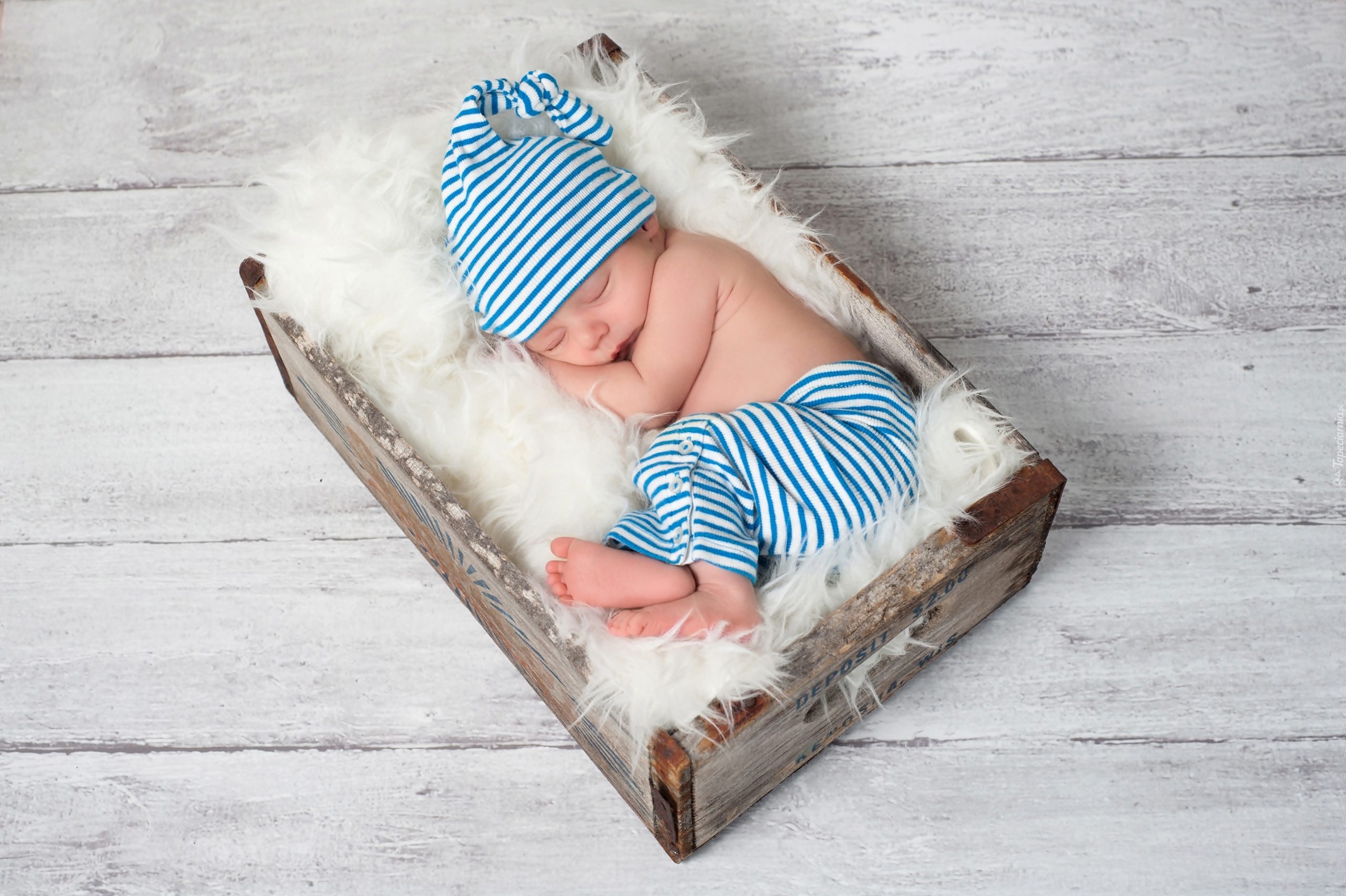

When it comes to dressing newborn for sleep, it’s important to strike a balance between comfort, safety, and practicality. Newborns have delicate and sensitive skin, so choosing the right sleepwear and following certain guidelines is crucial.
In this article, we will explore how to dress a baby for sleep, how to ensure their comfort, provide tips for choosing the right sleepwear, discuss recommendations for safe sleeping, and answer the common question of how many layers a newborn should wear. So let’s get started!
Ways on Dressing Newborn for Sleep
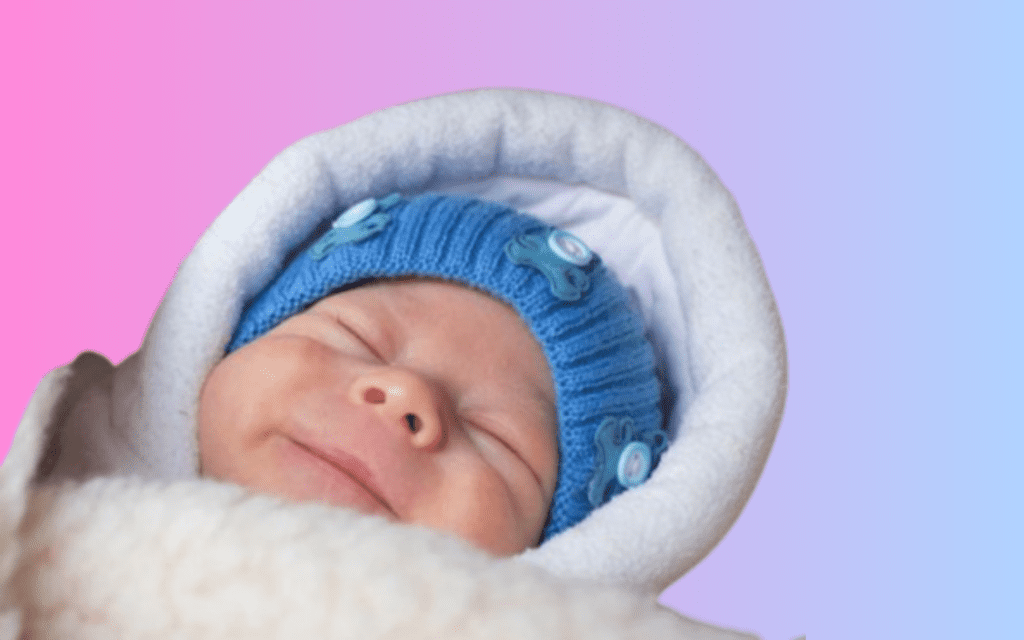
Dressing your baby appropriately for sleep is crucial to ensure their comfort and safety. Here are some guidelines to follow on how to dress a newborn for sleep:
- Consider the Room Temperature: Take into account the temperature of the room where your baby will be sleeping. It’s important to dress your baby in a way that helps maintain a comfortable body temperature. For moderate room temperatures, a onesie or a sleeper made of lightweight and breathable fabric is usually sufficient. Adjust the layers accordingly for warmer or cooler environments.
- Choose Comfortable and Breathable Fabrics: Opt for sleepwear made of soft and natural fabrics such as cotton. These materials allow airflow, which helps prevent overheating and keeps your baby’s skin comfortable. Avoid synthetic fabrics that may trap heat and moisture against the skin.
- Cover the Feet: During sleep, it’s essential to keep your baby’s feet covered to maintain warmth. Look for sleepwear options that have built-in feet or consider using socks or booties to keep their little toes cozy.
- Avoid Loose Items: Avoid dressing your baby in sleepwear with strings, ties, or loose accessories that can pose a safety risk. Loose items can become tangled or pose a choking hazard. Opt for sleepwear with minimal embellishments or decorative elements.
- Ensure Easy Access for Diaper Changes: Choose sleepwear that allows for easy access to the diaper area. Look for sleepers or onesies with snap buttons or zippers, as they facilitate quick and convenient diaper changes during the night without fully undressing your baby. This helps maintain a calm and peaceful sleep environment.
- Follow Safe Sleep Guidelines: Keep in mind the safe sleep guidelines recommended by pediatric experts. Avoid using loose blankets, pillows, or stuffed animals in the crib, as they can increase the risk of suffocation. Instead, consider using a sleep sack or wearable blanket that provides warmth without the hazards associated with loose bedding.
How to Tell if Your Baby Is Comfortable?
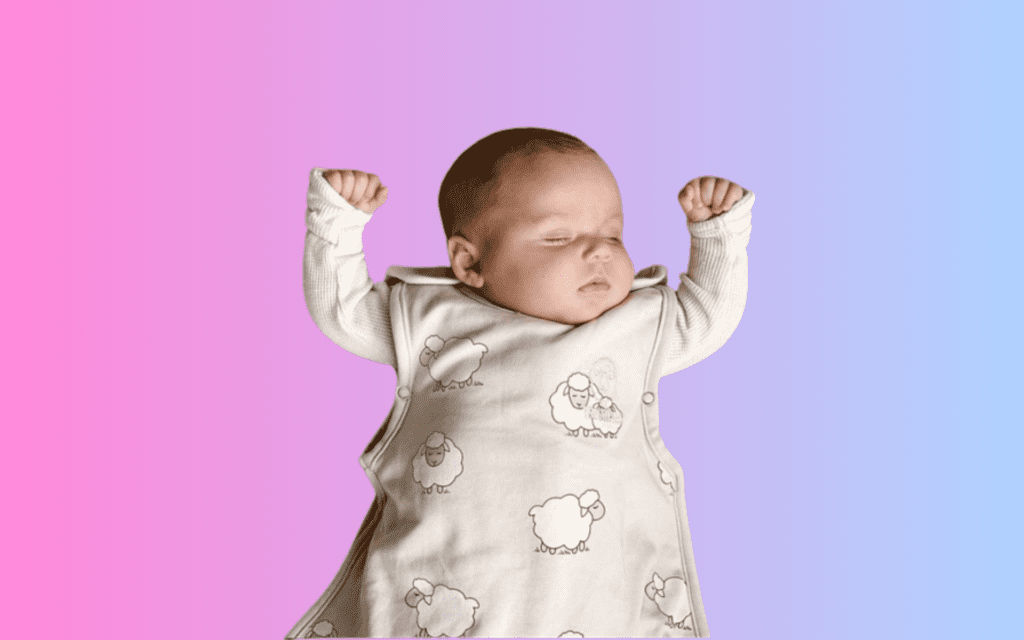

It’s essential to ensure that your baby is comfortable while they sleep. Keep an eye out for the following signs:
- Observe Body Language: Pay attention to your baby’s body language and facial expressions. A content and comfortable baby typically has relaxed facial features, a calm demeanor, and smooth movements. They may have a peaceful expression and appear at ease.
- Check Skin Temperature: Gently touch your baby’s chest, back, or neck to feel their skin. Ideally, their skin should feel comfortably warm, neither too hot nor too cold. If their skin feels sweaty or excessively warm, it may indicate overheating. Conversely, if their skin feels cool or they’re shivering, it may mean they’re too cold.
- Assess Sleep Quality: A comfortable baby tends to have a restful and uninterrupted sleep. If your baby is sleeping peacefully without excessive stirring, waking up frequently, or showing signs of distress, it is likely an indication that they are comfortable.
- Listen to Cues and Sounds: Babies often communicate their comfort levels through sounds and cues. Contented babies may make soft cooing or sighing sounds, indicating a state of relaxation. They may also have gentle and rhythmic breathing patterns during sleep.
- Check for Signs of Discomfort: Be mindful of signs of discomfort such as fussiness, restlessness, or irritability. If your baby appears restless, squirms excessively, or has difficulty settling down, it may suggest they are uncomfortable or experiencing discomfort.
- Evaluate Clothing and Room Temperature: Assess whether your baby’s clothing is appropriate for the current room temperature. If they are dressed in too many layers or too few layers for the environment, it can affect their comfort. Ensure that their sleepwear is suitable and adjusted accordingly.
Guide to Baby Sleepwear
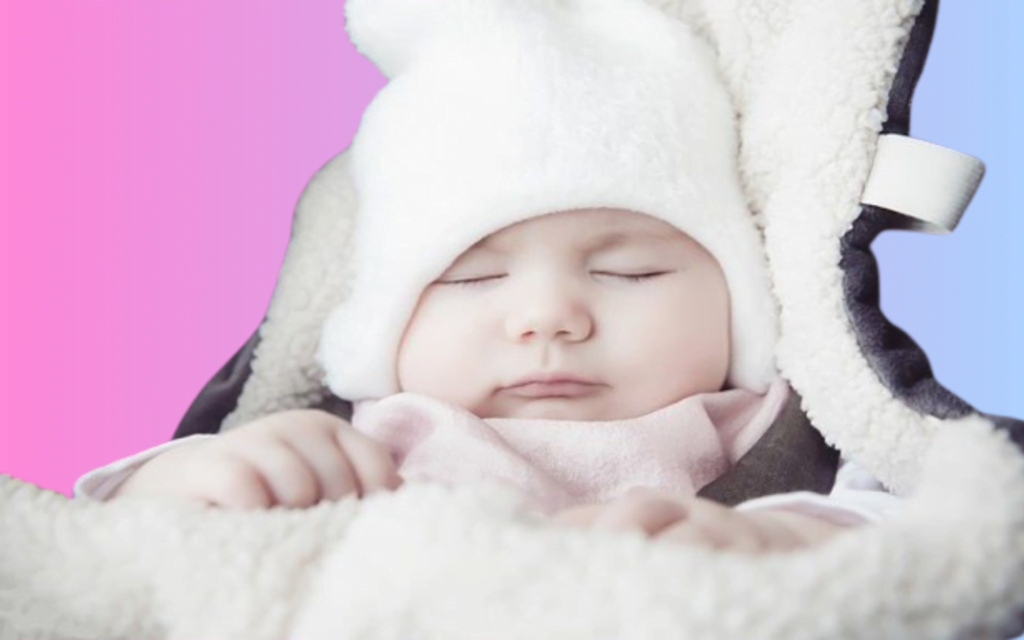

The right sleep clothing can help regulate their body temperature, provide ease of movement, and simplify diaper changes during the night. Here are some valuable tips to select the perfect sleepwear and dress newborn for sleep.
Dress in Layers
- Base Layer: Onesie or Sleeper: Start with a breathable and lightweight onesie or sleeper as the base layer. This provides a comfortable foundation for your baby’s sleepwear.
- Add or Remove Layers: Depending on the room temperature, you can add or remove layers to keep your baby cozy without overheating or feeling too cold. This flexibility allows you to adapt to changing conditions during the night.
- Swaddle or Lightweight Blanket: During cooler nights, consider using a swaddle or a lightweight blanket over the base layer to provide extra warmth. Swaddling can create a soothing and secure environment for your baby, promoting better sleep.
- Lighter Fabrics in Warm Weather: On warmer nights, opt for lighter fabrics to prevent overheating. Avoid overdressing your baby to ensure their comfort.
Check Baby’s Temperature
- Monitor Body Temperature: Gently touch your baby’s chest, back, or neck to gauge their body temperature. This helps you ensure they are not too hot or too cold.
- Sweaty or Flushed Skin: If your baby feels sweaty or their skin appears flushed, it may indicate that they are overdressed and need fewer layers or lighter sleepwear.
- Cool to the Touch or Shivering: If your baby’s skin feels cool or they’re shivering, it’s an indication that they might need an additional layer or slightly warmer sleep clothing.
Add a Hat
- Extra Warmth for Cooler Temperatures: In cooler temperatures or during colder months, adding a lightweight hat can provide extra warmth for your baby’s head. Babies can lose heat through their heads, and a hat helps retain their body heat.
- Breathable Materials: Opt for hats made from breathable materials like cotton or bamboo to allow proper airflow and prevent overheating.
- Comfortable Fit: Ensure that the hat fits snugly but not too tight, allowing for comfortable movement and avoiding any risk of covering your baby’s face during sleep.
Functionality over Fashion
- Practical Sleepwear: Choose sleep clothing that is practical and facilitates easy diaper changes. Look for sleepers or onesies with snap buttons or zippers, as they allow quick access for diaper changes without fully undressing your baby.
- Avoid Excessive Decorative Elements: Avoid sleepwear with excessive decorative elements like bows or buttons, as they can cause discomfort or pose choking hazards.
- Focus on Comfort: Prioritize your baby’s comfort and convenience over fashionable designs when selecting sleepwear.
Try Gown-Like Sleep Clothing
- Convenient Diaper Changes: Gown-like sleep clothing with an open bottom allows for easy access to the diaper area without fully undressing your baby. This design minimizes disruption during nighttime diaper changes, helping to maintain a calm sleeping environment.
- Maintain Low Lighting: By using gown-like sleep clothing, you can keep the lighting low during diaper changes, ensuring a more peaceful transition back to sleep for your baby.
- Comfortable Sleep Experience: Gown-like sleep clothing provides convenience while ensuring your baby remains comfortable and undisturbed during the night.
Tips for Sleeping Safely
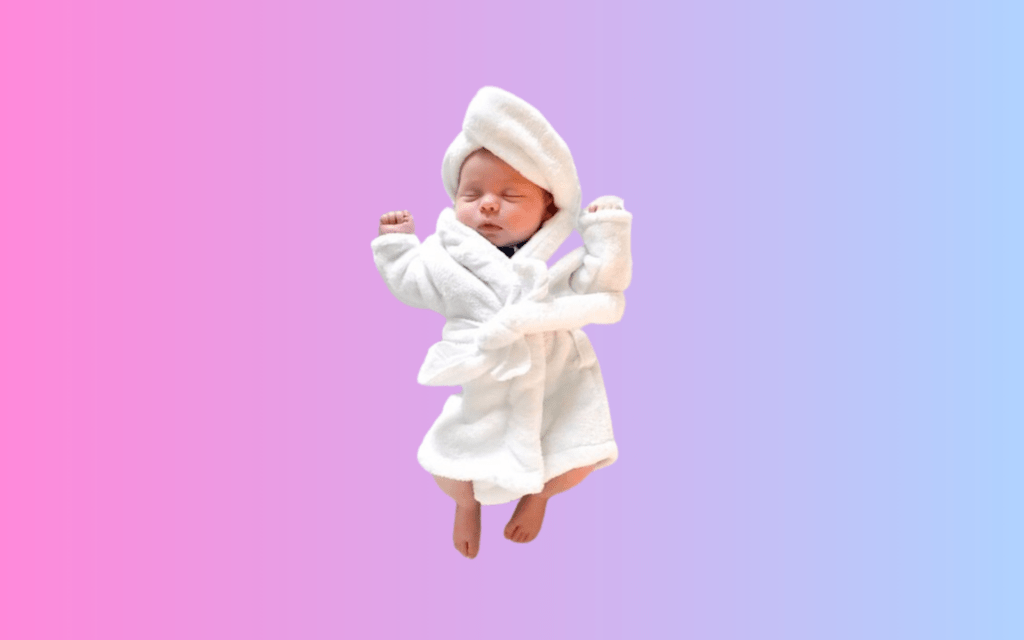

Creating a safe sleeping environment is paramount to ensure your baby’s well-being during their slumber. By following these recommendations, you can reduce the risk of accidents and promote a safe sleep space for your little one. Let’s explore some essential guidelines for safe sleeping.
Using Firm and Flat Sleep Surfaces
One of the most crucial aspects of safe sleeping, apart from understanding how to dress infant for sleep, is providing a firm and flat sleep surface. Here are the recommendations for using firm and flat sleep surfaces, along with their explanations:
- Choose a crib, bassinet, or co-sleeper with a firm mattress: Opt for sleep furniture that provides a solid and stable foundation for your baby’s sleep surface. A firm mattress helps prevent your baby from sinking into it, reducing the risk of suffocation and maintaining a clear airway.
- Select sleep products that meet safety standards: Look for cribs or bassinets that comply with safety standards and guidelines established by organizations such as the Consumer Product Safety Commission (CPSC) or your country’s equivalent regulatory body. These products undergo rigorous testing to ensure they meet specific safety requirements for infant sleep.
- Avoid soft surfaces: Refrain from using adult beds, sofas, or cushions as sleep surfaces for your baby. These surfaces can be uneven and pose a suffocation hazard. It is essential to provide a dedicated sleep space that offers a firm and flat surface.
- Regularly inspect the sleep surface: Check the sleep surface regularly for any signs of wear or damage. Ensure that it remains flat and level, without any indentations or sagging. A well-maintained sleep surface promotes safety and supports your baby’s optimal sleep position.
- Remove objects and toys from the sleep area: Keep the sleep surface free from any objects, blankets, or toys that could potentially obstruct your baby’s breathing or pose a choking hazard. A clutter-free sleep environment reduces the risk of accidents during sleep.
Avoiding Bottles in Bed
To promote safe sleeping, it’s important to avoid putting your baby to bed with a bottle. When babies fall asleep with a bottle in their mouth, it can pose potential risks to their health and safety.
Allowing a baby to sleep with a bottle increases the risk of choking. As they drift off to sleep, they may not have the ability to regulate their swallowing properly, leading to the accumulation of liquid in their mouth. This can block their airway and potentially cause choking or aspiration.
In addition to the risk of choking, falling asleep with a bottle can also contribute to tooth decay. The sugars present in milk, formula, or juice can linger in the baby’s mouth overnight, providing a breeding ground for bacteria. This can lead to the development of cavities and other dental issues, even in very young children.
To prevent these potential risks, establish a routine of feeding your baby before bedtime. Once they have finished feeding, remove the bottle from their mouth and ensure they are in a safe sleeping position. This practice not only promotes safe sleep but also contributes to good oral health.
How Many Layers Should a Newborn Wear?
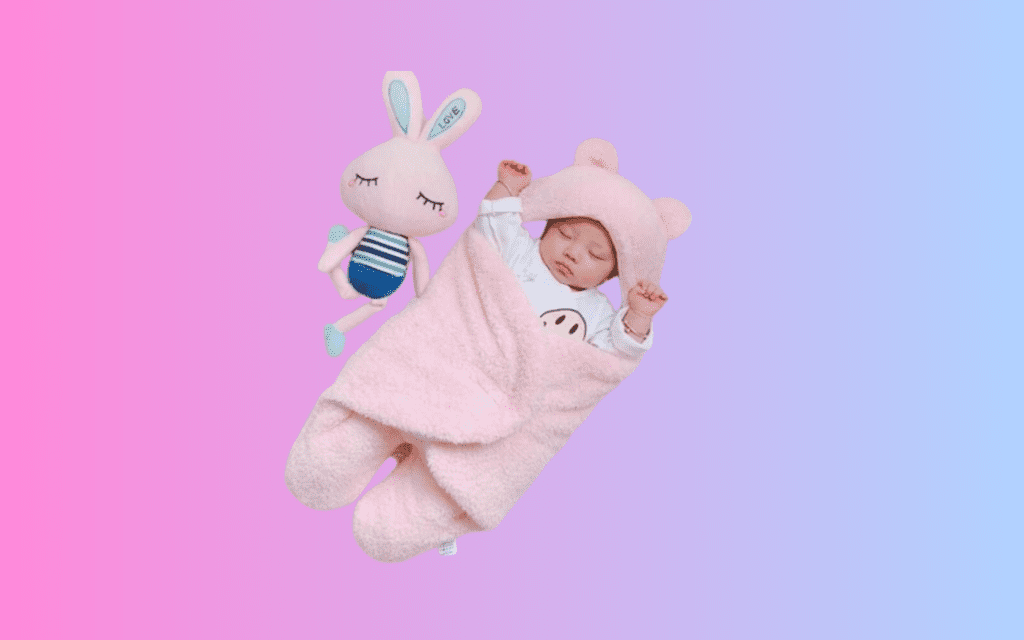

Determining the number of layers a newborn should wear can sometimes be a tricky task, as it depends on various factors, including the room temperature and the baby’s individual needs. As a general guideline, it is recommended to dress your newborn in one extra layer compared to what you would wear in that environment. Newborns have developing regulatory systems and may have difficulty maintaining their body temperature, so it’s essential to dress them appropriately.
In mild temperatures, a single layer such as a onesie or a sleeper may suffice. If the room is slightly cooler, you can add a swaddle or a lightweight blanket for added warmth. On colder nights, consider using a wearable blanket or sleep sack over the onesie or sleeper to provide additional insulation. The key is to ensure that your baby is comfortable and neither too hot nor too cold.
Keep in mind that it’s important to regularly check your baby’s temperature by feeling their chest, back, or neck to ensure they are not overheating or getting chilled. By carefully observing your newborn’s cues and adjusting their clothing layers accordingly, you can help them maintain a comfortable and safe sleep environment.
Conclusion
Dressing newborn for sleep requires attention to their comfort, safety, and practicality. Choosing breathable fabrics, dressing in layers, and ensuring the right temperature are key factors to consider. By following these tips and recommendations, you can dress your baby for a good night’s sleep while ensuring their safety.
Remember to check on your baby periodically during the night and adjust their clothing as needed to maintain their comfort. By creating a cozy and safe sleep environment, you are helping your baby get the rest they need for healthy development.

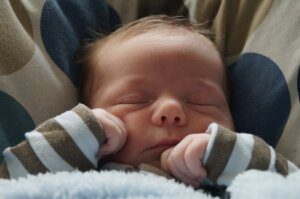
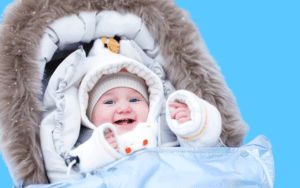
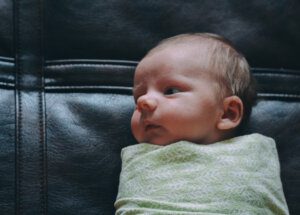
You always know how to provide exactly what your readers need. Thanks!
Your article helped me a lot, is there any more related content? Thanks! https://accounts.binance.com/bn/register?ref=UM6SMJM3
Thanks for sharing. I read many of your blog posts, cool, your blog is very good.
Your point of view caught my eye and was very interesting. Thanks. I have a question for you.
Can you be more specific about the content of your article? After reading it, I still have some doubts. Hope you can help me.
Your point of view caught my eye and was very interesting. Thanks. I have a question for you.
Can you be more specific about the content of your article? After reading it, I still have some doubts. Hope you can help me.
I don’t think the title of your article matches the content lol. Just kidding, mainly because I had some doubts after reading the article.
Your article helped me a lot, is there any more related content? Thanks!
A Med Spa in Little Elm offers a sanctuary for rejuvenation and relaxation, blending medical expertise with spa luxury. Specializing in facial services, it provides a range of treatments tailored to individual skincare needs. Among them, the deep cleansing facial stands out as a transformative experience, targeting impurities and revitalizing the skin’s natural radiance. With the latest techniques and premium products, it ensures the best facial treatment in Little Elm, leaving clients feeling refreshed, renewed, and glowing with confidence.
Thanks for sharing. I read many of your blog posts, cool, your blog is very good.
I don’t think the title of your article matches the content lol. Just kidding, mainly because I had some doubts after reading the article.